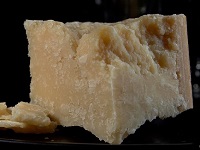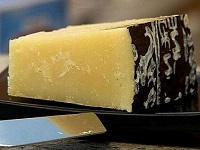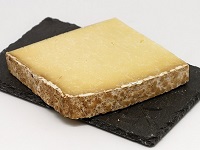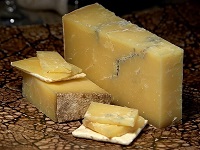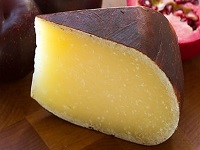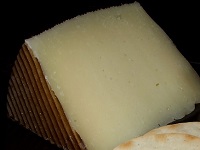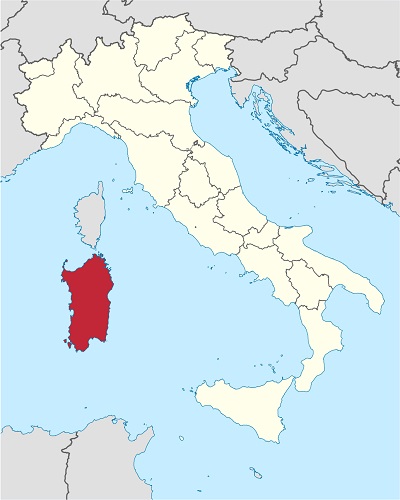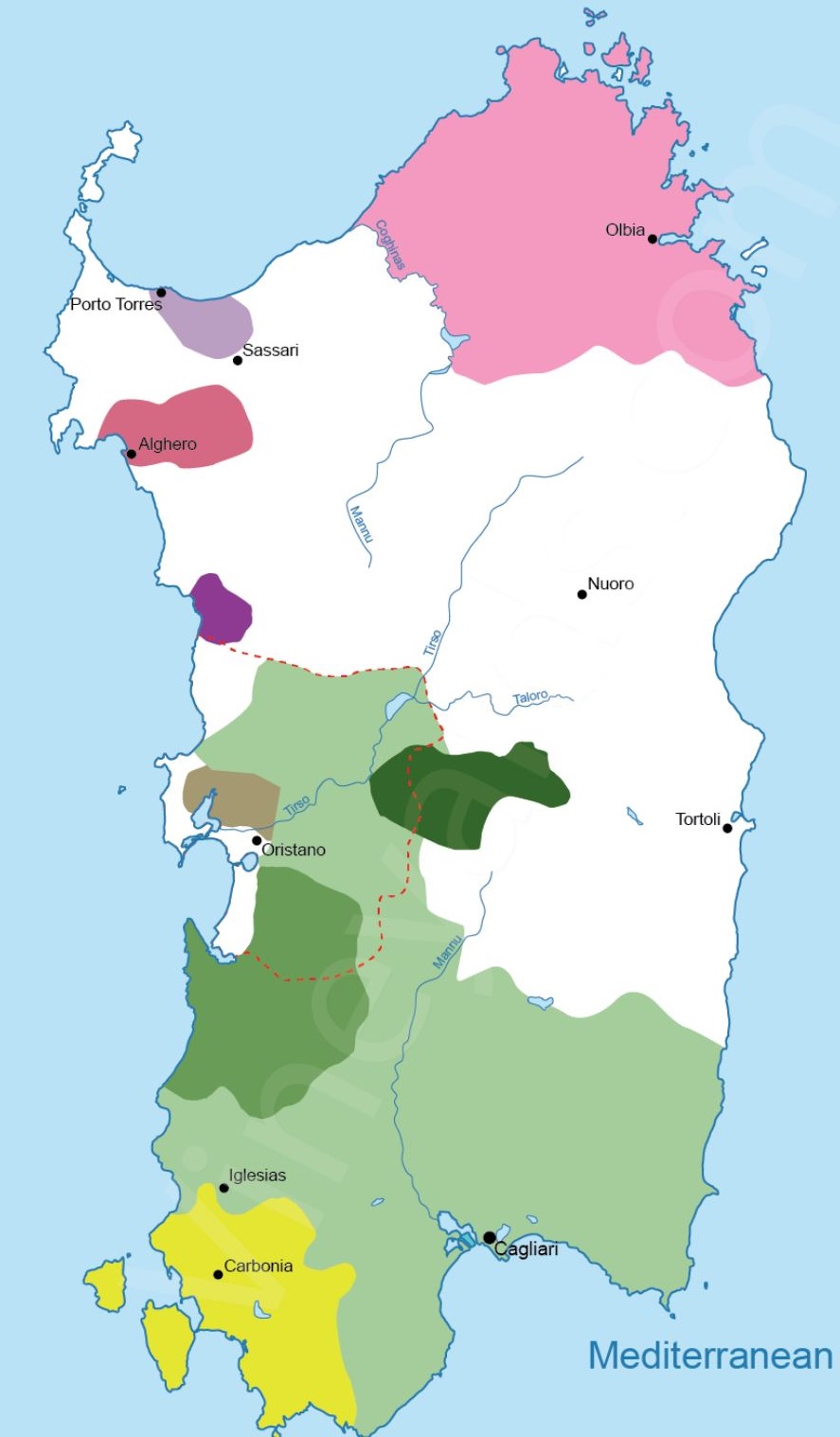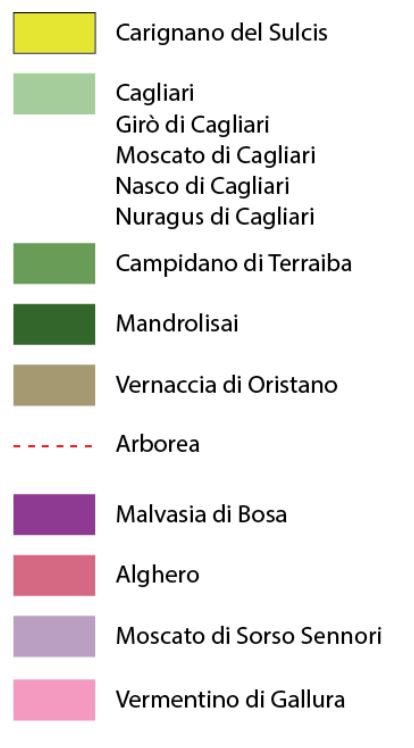Cannonau (Italy)
Cannonau is the main grape in the island of Sardinia, Italy.
Cannonau Flavors
Black and Blue Fruit, Wild Berries, and Plum (or Jam) are typical Cannonau flavors.
Hints of Violets or Roses, and Herbs (Anise).
Blackberry |
Black Currant |
Black Cherry |
Plum |
Herbs |
Violet |
Spices |
Licorice |
Flavors from Maturation and Aging
Oak |
Vanilla |
Cinnamon |
Tobacco |
Cannonau Profile
| SUGAR: | Dry (3 g/l) |
| BODY: | Medium - Full |
| TANNINS: | Medium - High |
| FRUIT: | Medium - Plus |
| ACIDITY: | Medium |
| ALcohol: | 14% ABV |
| Serving temperature: 17-18°C (63-64°F) | |
Cannonau Food Pairing
Cannonau is very food friendly. It has good fruit and smooth tannins.
It pairs perfectly with rich Stews, Cassoulets and Marinated Asian.
Cannonau also loves Barbecue and Grilled Meat (Beef. Veal. Pork. Chicken. Game).
Tapas |
Salami |
Ham |
Pizza |
Cassoulets |
Chicken |
Duck |
Rabbit |
Pork |
Lamb |
Veal |
Game |
Excellent Pairings
Tapas. Cured Meat. Pizza.
Stews. Cassoulets. Goulash.
Asian Marinated Dishes.
Indian Chicken Tikka Masala.
Poultry. Roasted Duck with Plum.
Pork. Rabbit. Game.
Lamb. Lamb Shanks.
Braises. Roast. BBQ.
Game with Cherry Sauce.
The Ideal Glass for Cannonau
The Bordeaux Glass was designed for enjoying fuller-bodied, tannic red wines.
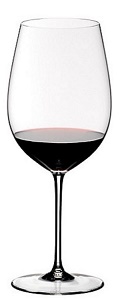
|
They are taller than other red wine glasses, and has a slimmer bowl.
The slimmer bowl directs the wine to the back of your mouth for a maximum taste. The size also allows the bouquet of the wine to develop, smooth out rough edges, play down tannins, and allow the wine to achieve balance. |
If You Like Cannonau
You Might Also Like:
About Cannonau
Cannonau is one of the most widely planted wine grapes in the world. The grape is called:
- Garnacha in Spain
- Grenache in France
- Cannonau in Italy (Sardinia).
Garnacha is said to be native of Aragón in Spain.
From Spain it travelled to Languedoc-Roussillon in France, then to the Rhône Valley, and then finally to Sardinia in Italy.
The grape ripens late and needs hot and dry conditions (as in Spain and in South of Italy).
Region Sardegna
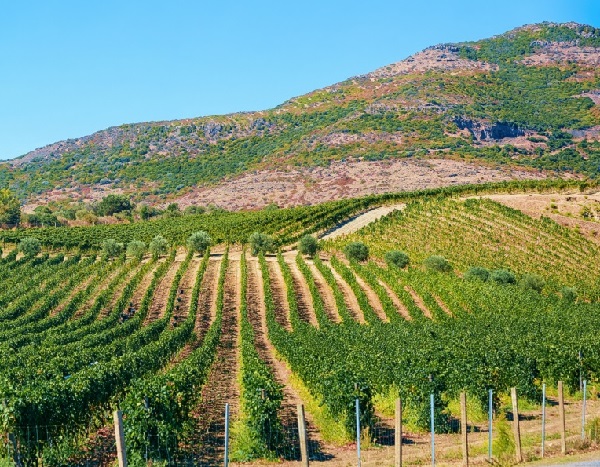
Climate
Sardinia's geography is diverse, with mountains, hills, and coastal plains.
The island has a Mediterranean climate with hot and dry summers and mild and wet winters.
The proximity to the sea influences the climate and provides a perfect cooling for the vines.
Black Grapes |
White Grapes |
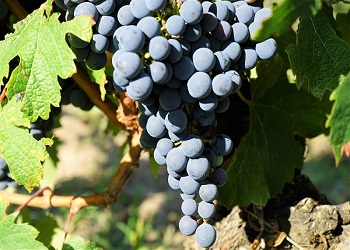
|
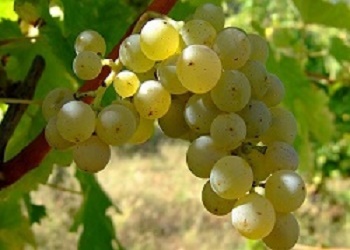
18% Vermentino |
Red Wines |
White Wines |
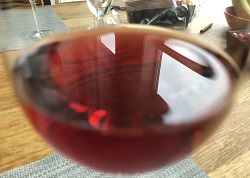
|
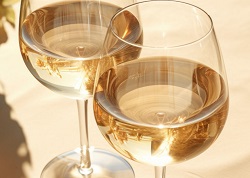
|
Denominations
Sardegna has 1 DOCG:
Vermentino di Gallura DOCGAnd 17 DOCs:
Alghero DOCArborea DOC
Cagliari DOC
Campidano di Terralba DOC
Cannonau di Sardegna DOC
Carignano del Sulcis DOC
Girò di Cagliari DOC
Malvasia di Bosa DOC
Mandrolisai DOC
Monica di Sardegna DOC
Moscato di Sardegna DOC
Moscato di Sorso-Sennori DOC
Nasco di Cagliari DOC
Nuragus di Cagliari DOC
Sardegna Semidano DOC
Vermentino di Sardegna DOC
Vernaccia di Oristano DOC
Alcohol can be addictive. Always drink in moderation.
© Copyright 2015-2025 W3 Wine School. All Rights Reserved.
